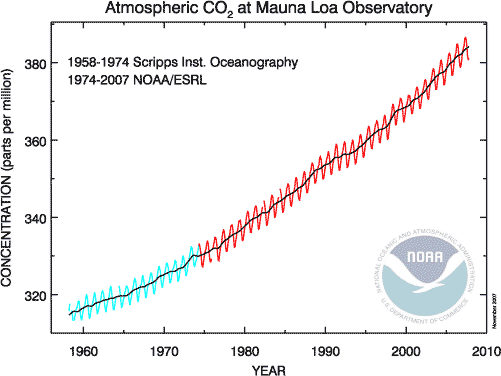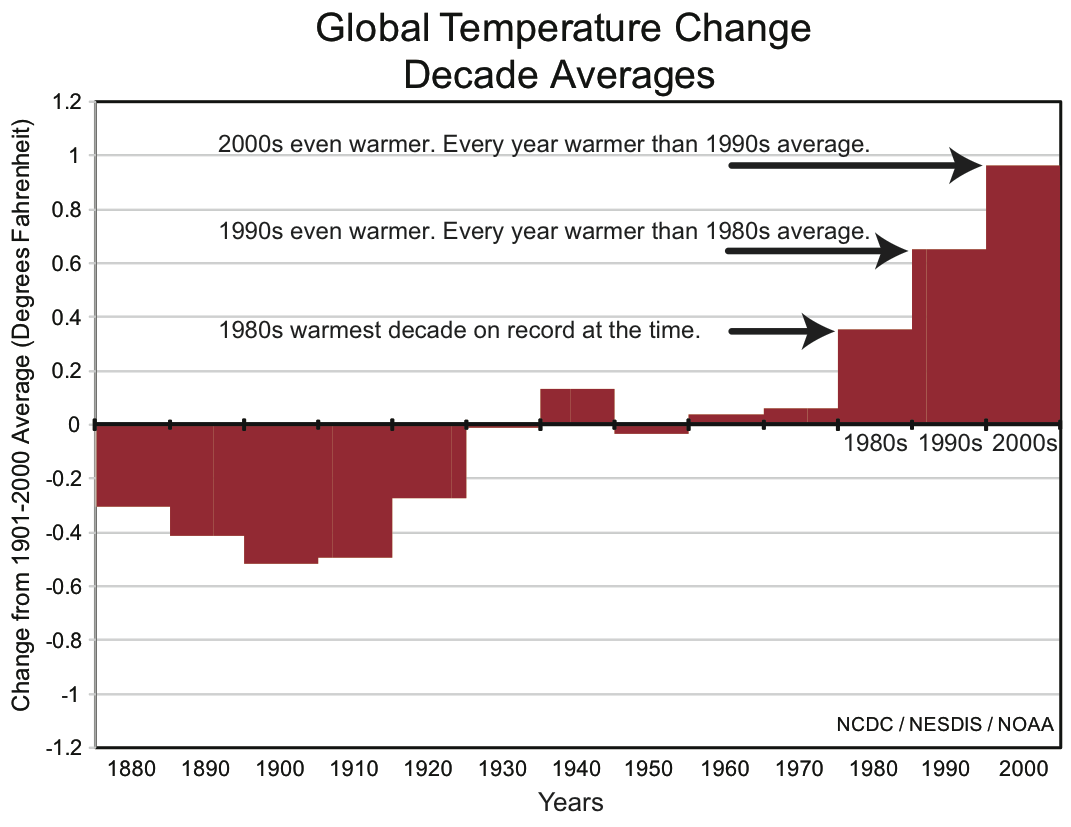
My wife just emailed me this great story. A compelling retrospective of Charles David Keeling, the scientist who measured the steadily increasing level of carbon dioxide (CO2) in the atmosphere, transforming the scientific understanding of humanity’s relationship with the earth.
The article, A Scientist, His Work and a Climate Reckoning, written by Justin Gillis, appeared in The NY Times today. It is an excellent even-handed overview and backstory of climate change.
As Congress dithers with political inaction on climate change and investment in renewable energy, this article provides a window into the quiet work of scientists around the world who say something extraordinary is going on.
I hope you will take 5 minutes and read every word. This is our history and our future.
Keeling died in 2005, but his son Ralph continues in his footsteps. Here’s a picture of the Keeling Curve – the history of atmospheric CO2 – measured by Keeling, starting back in 1958.

As atmospheric CO2 has increased, so has global temperature.

And with rising temperatures, we are seeing increases in extreme weather events.
For more on Climate Change, click on the Climate Change topic in the sidebar to the right.
For more on Charles David Keeling, see his biography at Scripps Institution of Oceanography.

Markpeters1944 says:
It is time we acknowledge there has been a human impact to climate change.
The longer we deny this the worse the problem will be tomorrow.
Mark Peters
Utopia Power Manager – Enterprise Power Management